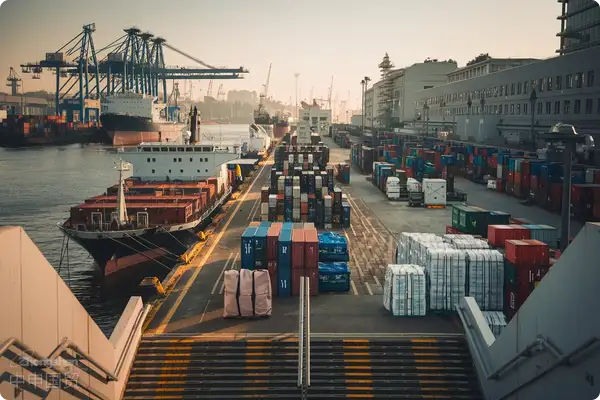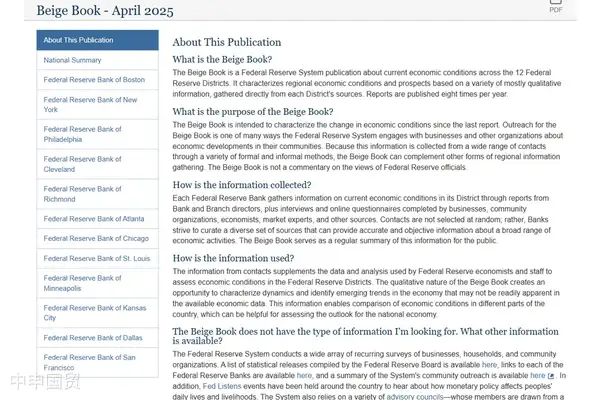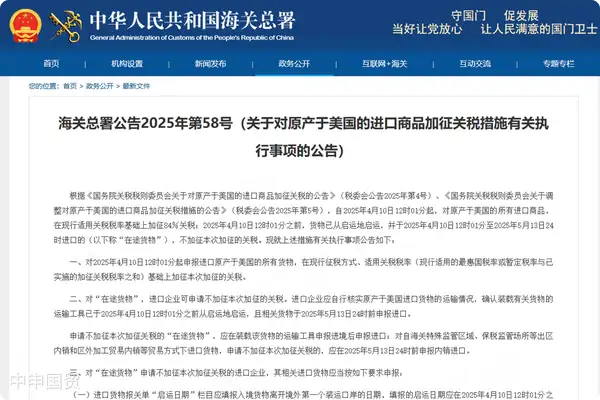- Shanghai Zhongshen International Trade Co., Ltd. - Two decades of trade agency expertise.
- Service Hotline: 139 1787 2118

Bidding Risk Map from a Professional Perspective
In 2025, the global procurement market size of electromechanical equipment is expected to exceed $1.2 trillion, and Chinas import share continues to rise to 37%. In the seemingly standardized bidding process,Poor equipment compatibility,Invalid technical certification,Ambiguity in transportation termsThese three types of problems lead to performance disputes in 28% of procurement projects.
The triple verification system for bidding documents
- Verification of technical specifications benchmarking
- Check the energy efficiency certification standards of the target country (such as the 2025 revised version of the EU ERP Directive)
- Confirm the compatibility of equipment interface protocols (focus on preventing protocol conflicts of Industry 4.0 equipment)
- Verification of commercial terms risks
- Division of transportation responsibilities in INCOTERMS?2025
- Hedging plan for cross - border payment currency fluctuations
- Verification of legal applicability
- Compliance statement of technical barriers to trade (TBT)
- Localized protection clauses for intellectual property rights
Key Policy Warnings in 2025
The EU Machinery Directive 2006/42/EC will implement a newly revised version in Q2 of 2025, and the main changes involve:
- The safety protection level of industrial robots is upgraded to SIL3
- The energy consumption standard for injection molding equipment has been tightened by 12%.
- New data security requirements for the digital twin system have been added.
Cost calculation model for bidding mistakes
According to the analysis of the return shipment data of mechanical and electrical products in 2024 by the General Administration of Customs, the losses caused by typical bidding mistakes include:
- Technical return shipment: The average loss per time is $18,700 (including port demurrage + rectification costs).
- Certification Delays: The project cycle is extended by 45 - 60 working days.
- Clause disputes: 26% of insurance claim disputes stem from unclear transportation clauses.
Full - process risk prevention and control plan
- Pre - review stage: Establish an equipment parameter database and automatically match the access requirements of 62 countries.
- Bidding response stage: Deploy an intelligent clause comparison system to identify 47 types of business risks.
- Performance stage: Provide real - time customs clearance tracking + emergency response plan mechanism.
An import case of an automobile production line shows that the intervention of professional agents has reduced the misinterpretation rate of technical specifications by 83% and increased the customs clearance efficiency to 1.7 times the industry average. Selecting a service provider with AEO advanced certification can ensure that the bidding plan meets bothTechnical feasibilityandBusiness compliancedual requirements.
Related Recommendations
? 2025. All Rights Reserved. Shanghai ICP No. 2023007705-2  PSB Record: Shanghai No.31011502009912
PSB Record: Shanghai No.31011502009912










